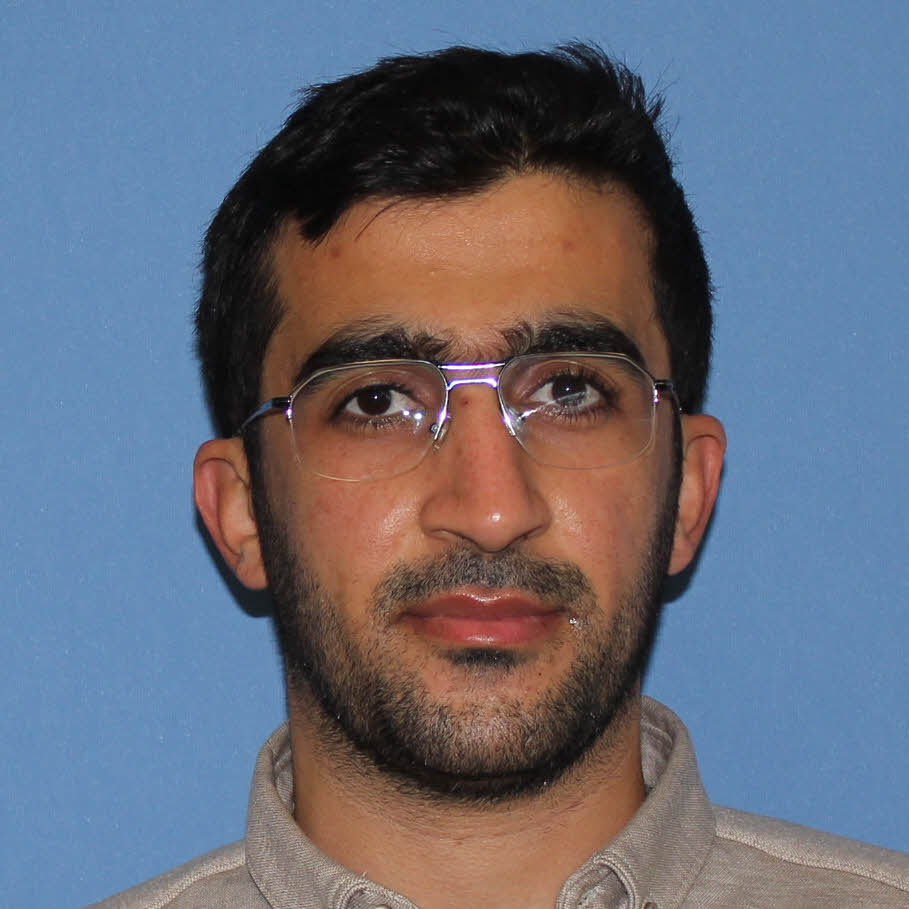Biomechanics
Biomechanics - Poster Session C
Poster P18 - Mechanics of bio-inspired suction cup: roughness effect on adhesion longevity
Friday, October 25, 2024
10:00 AM - 11:00 AM EST
Location: Exhibit Hall E, F & G

Abdallah Aly
University of Illinois Urbana Champaign
Urbana, Illinois, United States- MS
M. Taher A. Saif
Professor
University of Illinois at Urbana-Champaign
Urbana, Illinois, United States
Presenting Author(s)
Primary Investigator(s)
Introduction: "Recent advancements in artificial suction-based adhesives have introduced robust, rapid, and non-toxic solutions for applications including biomedical patches, tissue engineering, and grippers. Despite their broad utility, their effectiveness is compromised by substrate factors such as curvature and surface roughness. This roughness critically affects the longevity of adhesion necessary for applications like long-lasting biomedical adhesives and affects the performance reliability in robotic applications. Similar challenges are observed with octopuses, which prefer adhering to smooth rather than rough surfaces.
Various octopus-inspired patches have been developed based on the theory that suction pressure and capillary forces drive adhesion. However, important design factors such as elastic energy, and the time-dependence of adhesion are often overlooked in the design and modeling of suction cups. In addition, a conservative approach was taken where there was no flow between the cup substrate interfaces. Recently, the introduction of the concept of water flow has impacted our understanding of adhesion strength and duration. Current models utilize an effective gap distance as a hydraulic diameter for Poiseuille flow model. Yet, these models do not align with our experimental findings on the effects of roughness on adhesion longevity. In this study, we investigate the underexplored impact of surface roughness on adhesion longevity. We propose a new mechanism by which roughness affects adhesion, which opens up new design possibilities for developing bio-inspired suction patches that maintain sustained adhesion."
Materials and
Methods: "To study the impact of surface roughness on adhesion time, PDMS samples were created using molds from sandpapers of different grit sizes, cured at 60°C for 12 hours, and then adhered to Petri dishes. The adhesion experiments involved pressing a commercially available suction cup with a force of 23N onto the PDMS surface, monitored using an endoscope camera to observe retraction distances. Additionally, a pressure sensor was employed to measure the suction pressure at the center of the cup.
For exploring fluid dynamics at the cup-substrate interface, spinning disc confocal microscopy was utilized with 50 nm fluorescent particles in water, excited by a 488 nm laser at 7.6 fps. A thin, 0.3 mm layer of rough PDMS optimized for transparency was used to enable effective imaging. Elastic adhesive was used to enhance adhesion longevity by improving the PDMS's conformity to the cup, which enabled longer time of imaging. Imaging was performed at multiple locations at the cup-substrate interface to reveal the hydrodynamics mechanisms underlying adhesion loss."
Results, Conclusions, and Discussions: “Confocal imaging demonstrated that suction pressure is spatially variable across the cup-substrate interface, with trapped water islands expanding over time. The observation of water islands formation, expansion, and effect on adhesion have not been previously recorded or discussed. We also observed a continuous water flow from the outside to the inside of the cup, starting at a rate of 0.1 µm/s and increasing to 1 µm/s just before adhesion failure. This slow and continuous flow aligns with previous models.
Our results show that a suction pressure front is initially generated, moving from the center to the periphery of the cup, which brings the two surfaces into contact. However, the inherent roughness of the surface causes trapping of water with varying local suction pressures, which we are calling water islands. Over time, due to elastic relaxation, these islands connect radially, progressing from the center outward. This connectivity reduces overall suction pressure and promotes the formation of a continuous channel, which increases the overall volumetric flow rate.
We conclude that even when suction cups generate initial suction pressures sufficient to overcome the percolation threshold on rough surfaces, the connectivity between these islands leads to a decrease in suction pressure, ultimately resulting in continuous flow channel formation. For sustained suction cup adhesive, innovative design solutions are essential to prevent channel connectivity between the trapped water islands.”
Acknowledgements (Optional):
